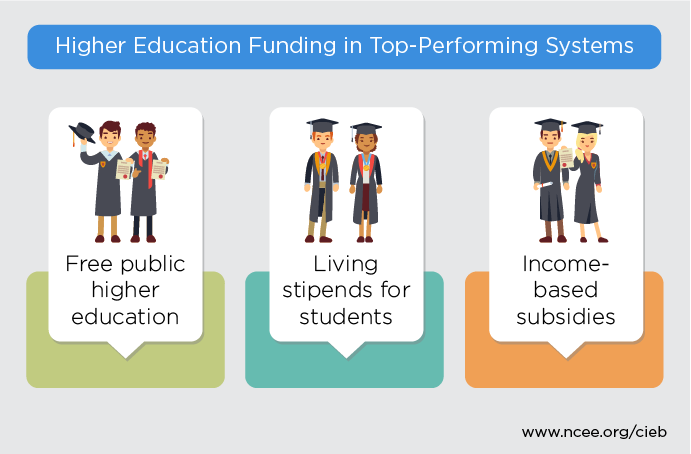
While discussions in Congress focus on forgiving student loan debt for current borrowers, calls for making college more affordable for all students have been gaining ground amid the economic downturn linked to the coronavirus pandemic. Many top performers have long seen investments in education and training as a key to their economic development, and have highly subsidized post-secondary education. Jurisdictions such as Finland, Estonia, and Poland, provide free public higher education, including technical programs. Finland and Estonia offer living stipends for enrolled students as well. Other jurisdictions, such as Singapore and Canada, offer income-based subsidies for higher education. Singapore offers perhaps the most generous subsidies, with tuition grants covering up to 75 percent of tuition costs for bachelor degree students and 95 percent of tuition for polytechnic diploma students. Canadian provinces, similar to US states, generally subsidize low- and middle- income students at their two- and four-year colleges and the federal government contributes up to CAN$7,200 (US$5,697) to an education savings grant for all children, with additional contributions for low-income children. A key difference between the US and Canada, though, is that higher education tuition is much lower in Canada. The average annual tuition at a public undergraduate institution in Canada, for example, is CAN$6,463 (US$5,119), compared to the U.S. average of $17,797. To learn more about education systems in Finland, Estonia, Poland, and Canada see CIEB’s country profiles.
